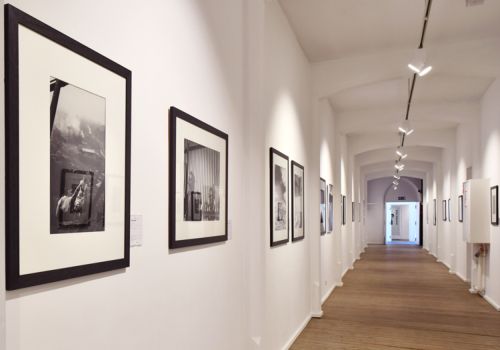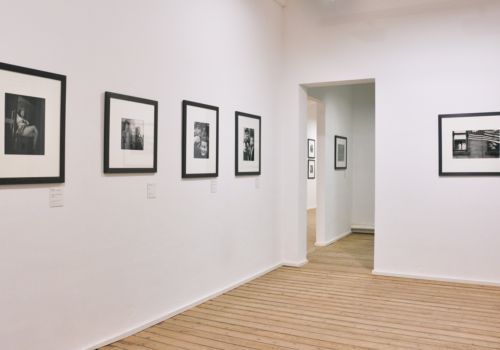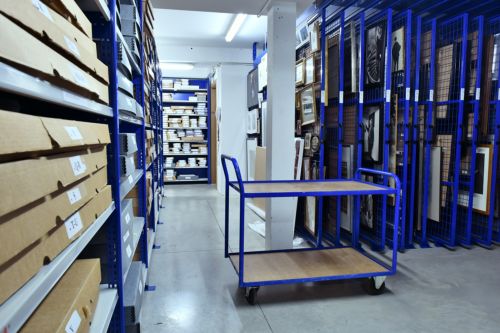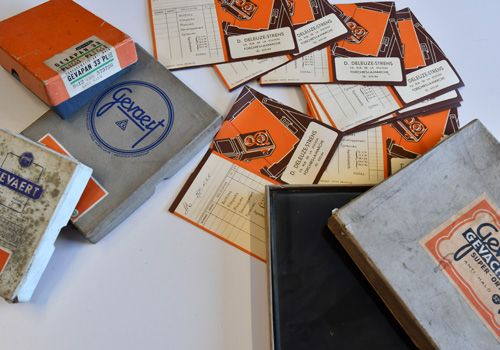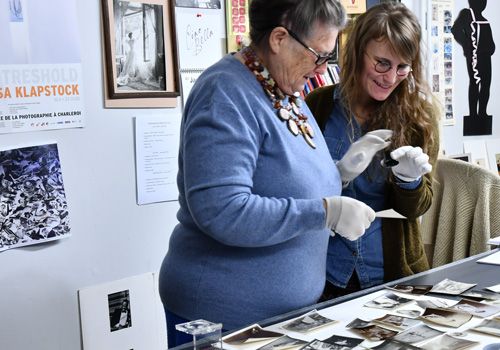Value and commitment
The Museum of Photography structures its work around five fundamental strands:
Collecting / Conserving / Studying / Exhibiting / Educating
The collection department is responsible for managing the Museum’s first four strands. Its task is to sustain the heart of the institution: its collection. Its role consists of enriching it through the follow-up of gifts or one-off acquisitions. It has to ensure optimum conservation conditions meeting international museum standards. It needs to deepen its scientific knowledge through research and the publishing of catalogues. Lastly, the department is devoted to enhancing its collection through the permanent or temporary exhibition of its museum pieces.

